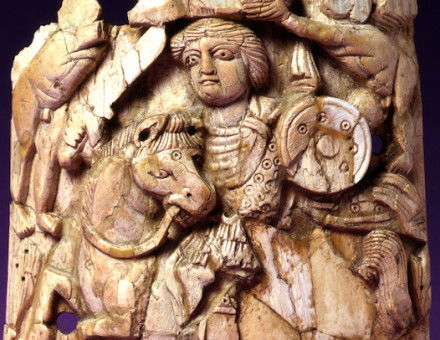Greece, Ancient and Modern - Subsistence and Survival
'Plus ca change, plus c'est la meme chose'... many of the agricultural practices described in the art and literature of classical Greece persist to the present day.
At present most scholars would agree that the foundations of the elaborate edifices of Greek and Roman civilisation sat on the shoulders of humble, food-producing farmers. Yet the peasants of classical antiquity are shadowy figures. We know much more of the affairs of great men than of the little men who plodded on, ploughing and sowing and reaping to earn their daily bread. The traditional historical sources, by themselves, are thoroughly unilluminating about the lives of small farmers. Most of the evidence for agricultural practices refers to the large estates, usually slave worked, which belonged to the wealthy Roman senators like Cato and the Younger Pliny or the leading lights of Athenian democracy. But not all those who tilled the land were slaves. The crowds walking in from the Attic countryside to attend an Athenian assembly meeting would have been largely small-scale farmers.





